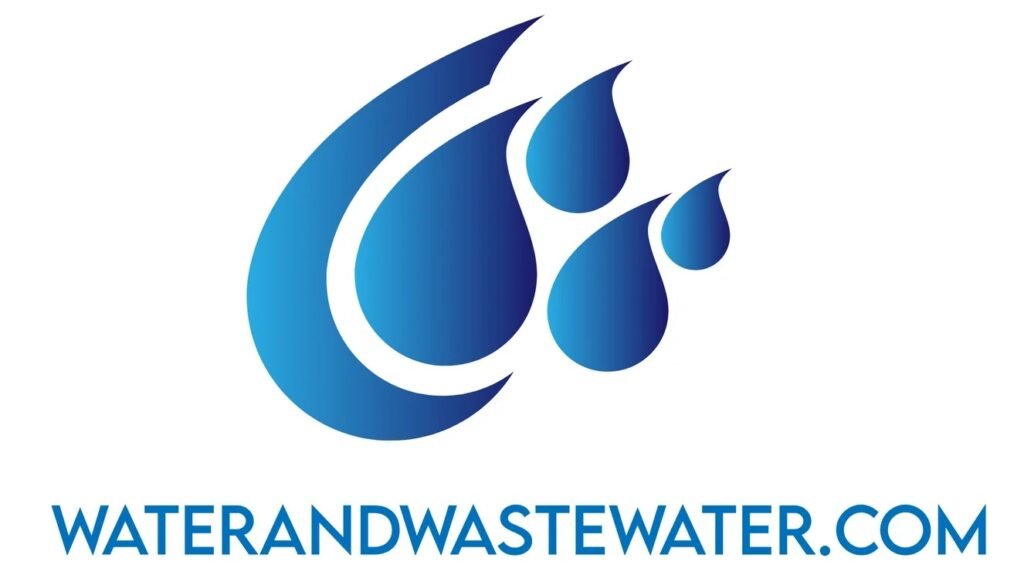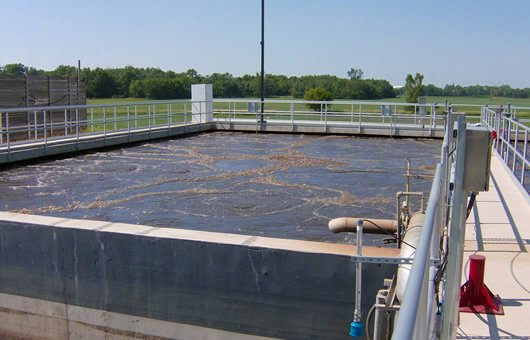Lime Soda Ash Softening Process
The Lime Soda Ash Softening Process: An In-Depth Analysis
Introduction
Water softening is a crucial process in water treatment, particularly in industries where hard water can lead to operational inefficiencies and equipment damage. One of the most widely used methods of softening water is the lime soda ash softening process, which effectively removes hardness-causing ions, namely calcium (Ca²⁺) and magnesium (Mg²⁺). This article offers a comprehensive overview of the lime soda ash softening process, its chemistry, operational considerations, advantages, and disadvantages, as well as its applications in various industries.
Understanding Water Hardness
What is Water Hardness?
Water hardness is primarily due to the presence of dissolved minerals, particularly calcium and magnesium salts. Hard water can cause a variety of issues, including:
- Scale formation in pipes and boilers
- Inefficiencies in detergent effectiveness
- Decreased lifespan of water-using equipment
There are two types of water hardness:
- Temporary Hardness: Caused by the presence of bicarbonates (HCO₃⁻) of calcium and magnesium. This type can be removed by boiling the water, which precipitates the respective carbonates.
- Permanent Hardness: Caused by sulfates and chlorides of calcium and magnesium. This type cannot be removed by boiling and requires chemical treatment for reduction.
The Importance of Water Softening
Softening water is essential for various applications:
- Industrial: Reduces maintenance costs and prolongs the life of equipment.
- Domestic: Enhances the efficiency of soap and detergents, leading to reduced household expenses.
- Agricultural: Improves irrigation systems and helps maintain soil health.
Overview of Lime Soda Ash Softening Process
Definition
The lime soda ash softening process is a chemical treatment used to reduce water hardness by adding lime (calcium hydroxide, Ca(OH)₂) and soda ash (sodium carbonate, Na₂CO₃) to the water. This process results in the precipitation of calcium and magnesium ions as insoluble carbonates, effectively softening the water.
Chemistry of the Process
-
Lime Addition: When lime is added to hard water, it dissociates into calcium ions and hydroxide ions. The increase in hydroxide concentration leads to the precipitation of hardness ions.
[
\text{Ca(OH)}_2 \rightarrow \text{Ca}^{2+} + 2 \text{OH}^-
] -
Soda Ash Addition: Soda ash further reacts with both calcium and magnesium ions. The added carbonate ions facilitate the formation of carbonate precipitates.
-
Calcium Reaction:
[
\text{Ca}^{2+} + \text{CO}_3^{2-} \rightarrow \text{CaCO}_3 \downarrow
] - Magnesium Reaction:
[
\text{Mg}^{2+} + \text{CO}_3^{2-} \rightarrow \text{MgCO}_3 \downarrow
]
-
As a result, insoluble calcium carbonate (CaCO₃) and magnesium carbonate (MgCO₃) precipitate out, allowing soft water to be produced.
Steps in the Lime Soda Ash Softening Process
-
Preconditioning: The water is first pre-treated to control pH levels and remove certain impurities.
-
Addition of Lime: Calcium hydroxide (lime) is added to the water. This is often done using a quicklime or hydrated lime slurry.
-
Addition of Soda Ash: Sodium carbonate (soda ash) is subsequently added to ensure effective precipitation of hardness ions.
-
Mixing and Reaction: The water is thoroughly mixed to ensure that the lime and soda ash completely react with hardness ions.
-
Settling and Clarification: The precipitates formed are allowed to settle. The clarified water is then drawn off the top.
-
Filtration: Any remaining particulates are filtered out to produce high-quality softened water.
- pH Adjustment: The water may require adjustment to bring the pH back to neutral for certain applications.
Key Operational Considerations
Dosage of Chemicals
The effective softening of water largely depends on the correct dosage of lime and soda ash:
- Excessive lime can lead to high pH levels, which may not be suitable for all applications.
- Inadequate lime will fail to precipitate all hardness ions, leading to ineffective softening.
- The dosage of soda ash should be adjusted based on the residual hardness of the water post-lime treatment.
pH Control
The pH of the water during the process is crucial. An optimal pH (generally around 10 to 11) is necessary for maximum precipitation of hardness ions. High pH levels can also lead to the formation of other precipitates, which may complicate the treatment process.
Reaction Time
The reaction time is an essential aspect of the process. Sufficient time must be allowed for lime and soda ash to react with hardness ions fully. Mixing speed and time, as well as settling time, can all affect the overall efficiency of the softening process.
Equipment Requirements
The equipment used in the lime soda ash softening process includes:
- Mixers: For thoroughly combining the chemicals with raw water.
- Settling Tanks: To allow for precipitation and settling of solids.
- Filters: To remove any residual particulates from the softened water.
- pH Monitoring Equipment: For real-time monitoring of the water’s chemical characteristics.
Advantages of the Lime Soda Ash Softening Process
The lime soda ash softening process has several advantages:
-
Cost-Effectiveness: Lime and soda ash are relatively inexpensive compared to other water softening methods.
-
High Reduction of Hardness: The process can effectively reduce both permanent and temporary hardness to meet required water quality standards.
-
Flexibility: The process can be adapted to handle varying degrees of hardness and can be scaled to suit different treatment plants.
-
Byproduct Utilization: The precipitates formed—mainly CaCO₃—can be utilized for various applications, including construction materials and soil conditioning.
- Environmental Considerations: If managed correctly, the process produces minimal waste and can often align with sustainability goals in water treatment.
Disadvantages of the Lime Soda Ash Softening Process
Despite its advantages, the lime soda ash process has its limitations:
-
Chemical Handling: Lime and soda ash can pose handling hazards, requiring careful management to protect workers and the environment.
-
Disposal of Sludge: The sludge formed during the process must be disposed of properly, which can incur additional costs.
-
Requires Trained Personnel: Operating a lime soda ash softening system requires knowledgeable staff to control the chemical additions and monitor the process effectively.
-
Quality of Softened Water: The resultant softened water may have elevated alkalinity levels, which can be undesirable for some applications.
- Potential for Over-Softer Water: In certain situations, excessive treatment can lead to ‘over-softening’, which can corrode pipes and equipment.
Applications of Lime Soda Ash Softening Process
The lime soda ash softening process is widely used across various sectors:
1. Municipal Water Treatment
Municipalities around the world use the lime soda ash process to provide soft water to residential and commercial customers. The softened water helps reduce scaling in pipes and appliances, promoting efficiency and longevity.
2. Industrial Applications
Industries such as power generation, food processing, and textile manufacturing utilize softened water to improve operational efficiencies. Boiler feed water, for example, must be soft to avoid scaling that can reduce heat transfer efficiency and increase maintenance costs.
3. Agriculture
In agriculture, softened water is essential for irrigation systems. Hard water can lead to salt build-up in soil, negatively impacting crop yields and soil health.
4. Chemical Manufacturing
Many chemical processes require water with low hardness levels to avoid the negative impacts of scaling during reactions. The lime soda ash process effectively meets this need.
5. Swimming Pools and Recreational Facilities
In swimming pools and recreational facilities, water softening can help maintain water clarity, improve comfort for swimmers, and reduce corrosion of pool equipment.
Future Trends and Innovations
As the need for effective water treatment solutions continues to grow globally, the lime soda ash softening process stands poised for innovation and improvement. Some trends likely to shape its future include:
Automation and Control Systems
Advancements in automation and real-time control systems will improve the accuracy of chemical dosing and monitoring, leading to better performance and lower operating costs.
Alternative Chemical Additives
Research into alternative chemicals for softening may pave the way for more efficient and less hazardous options. Exploring novel materials or less caustic compounds can enhance process safety and sustainability.
Integration with Other Treatment Processes
There is a growing trend towards integrating lime soda ash softening with other water treatment processes, such as reverse osmosis and ultrafiltration, to create comprehensive solutions for water quality management.
Environmental Sustainability
As industries focus increasingly on environmental standards and regulations, the lime soda ash process can adapt by embracing sustainable practices, such as recycling treatment byproducts and employing greener chemical handling methods.
Conclusion
The lime soda ash softening process is a time-tested and effective method for reducing water hardness, serving a wide range of applications across diverse sectors. While the method presents several advantages, it is essential to consider its operational challenges and environmental impacts. Future innovations and trends will likely shape this process, making it more efficient, safer, and environmentally friendly, thereby meeting the growing demand for high-quality water treatment solutions worldwide.

